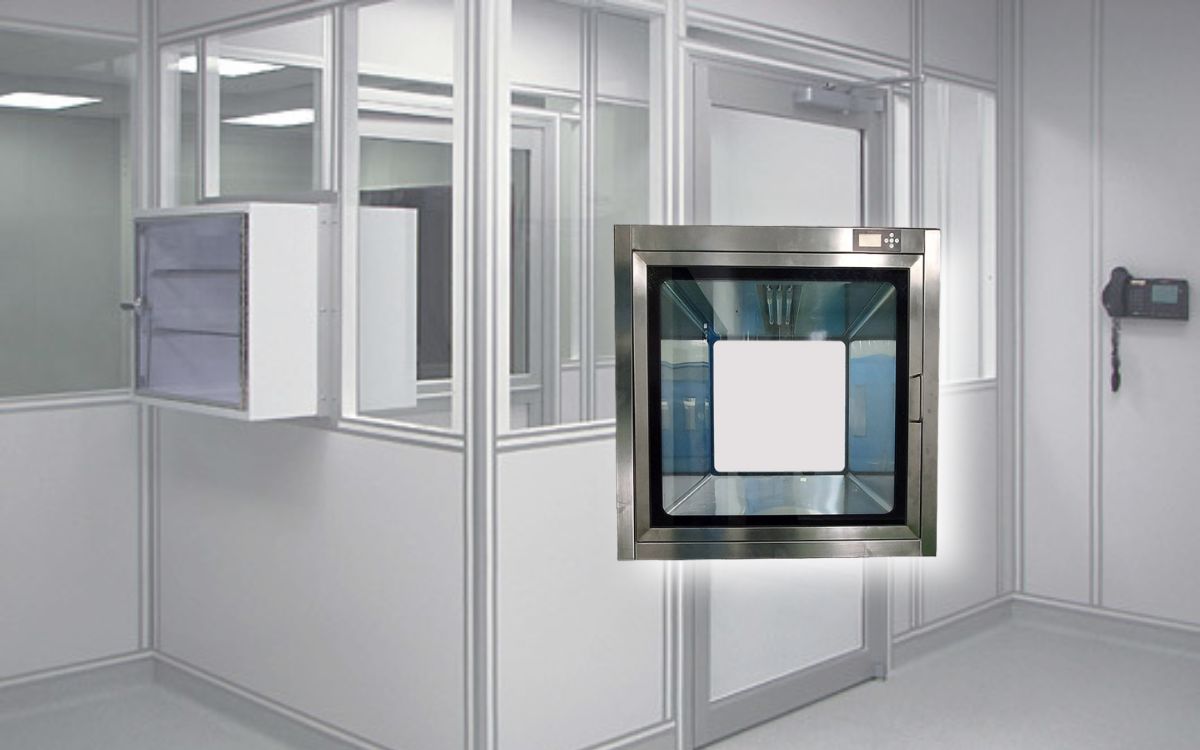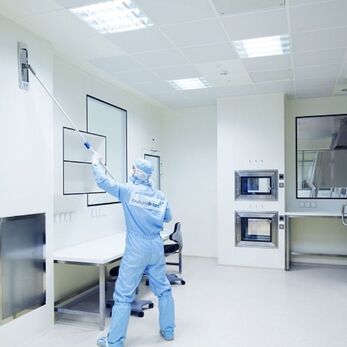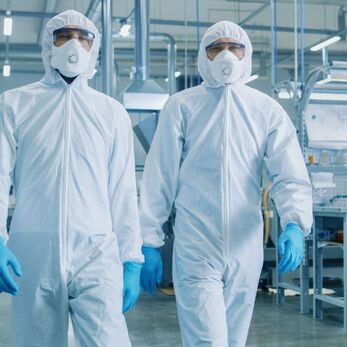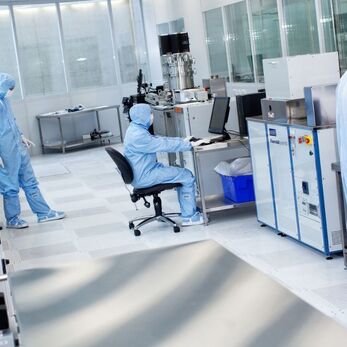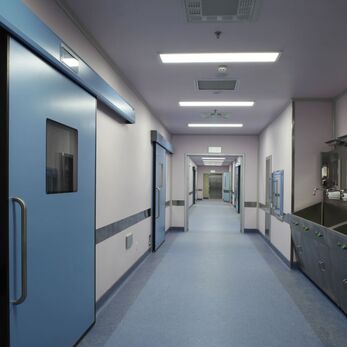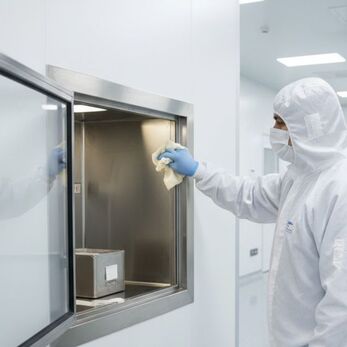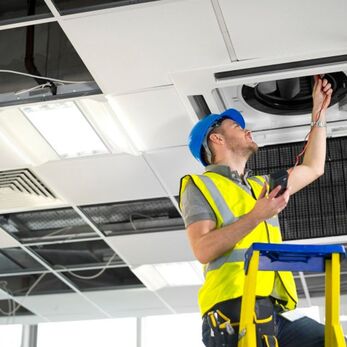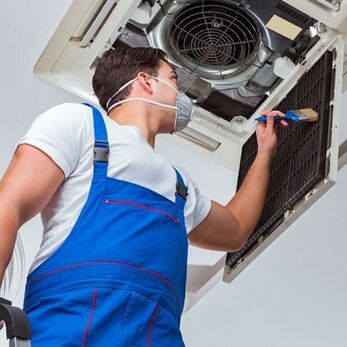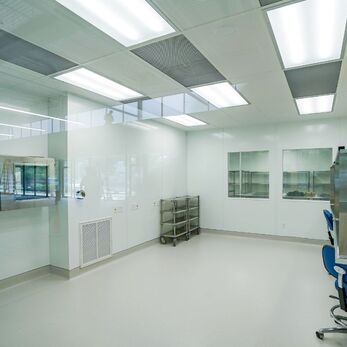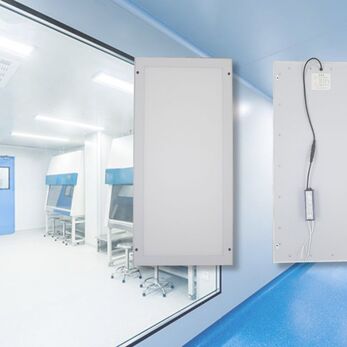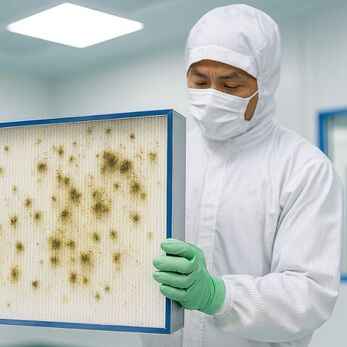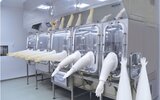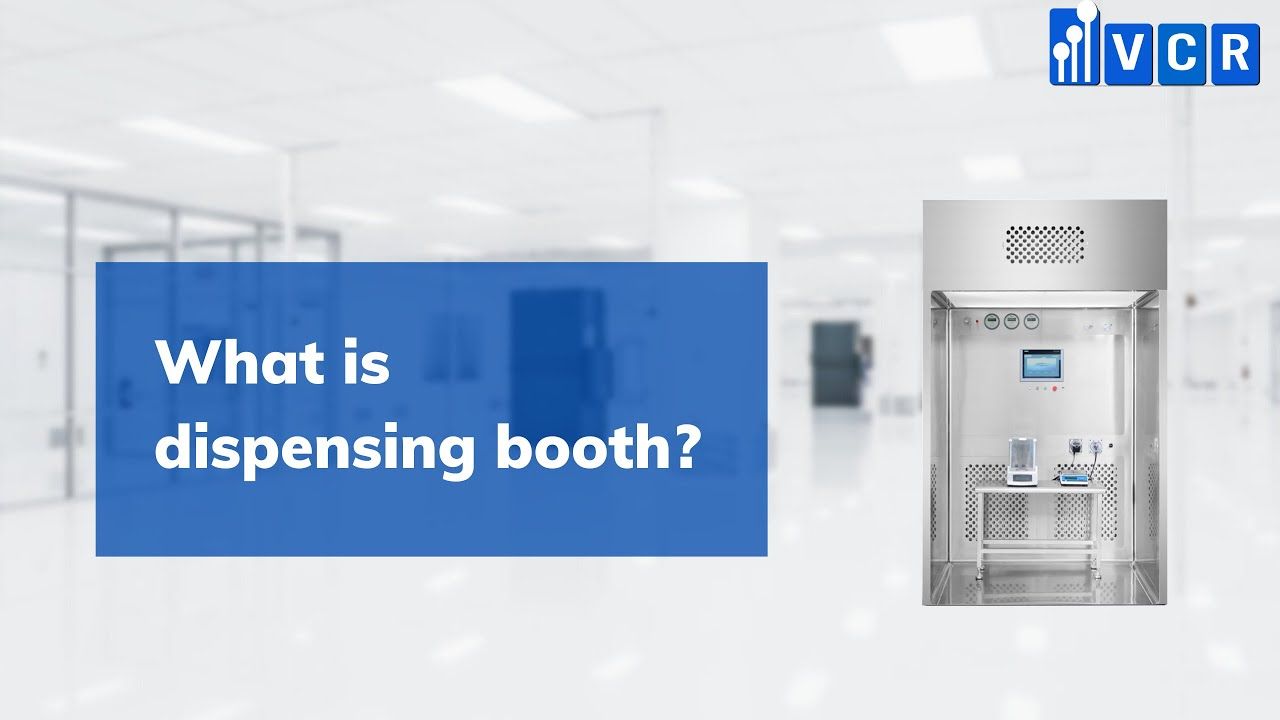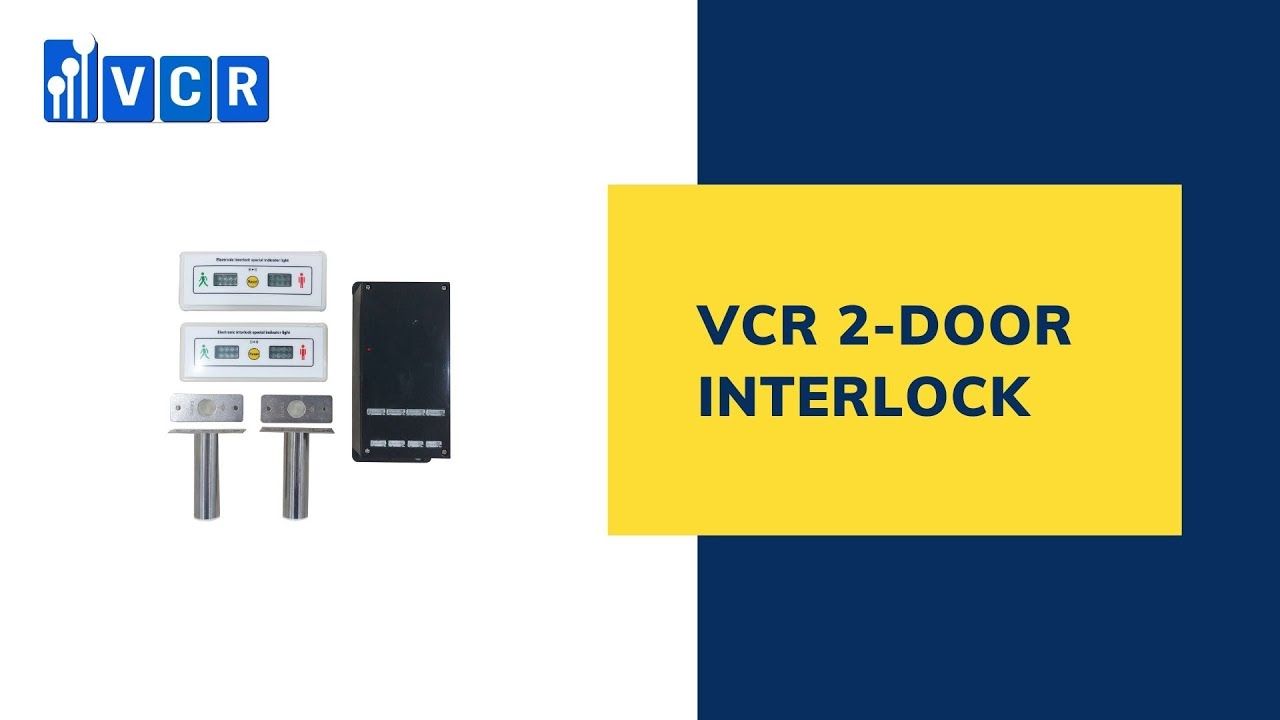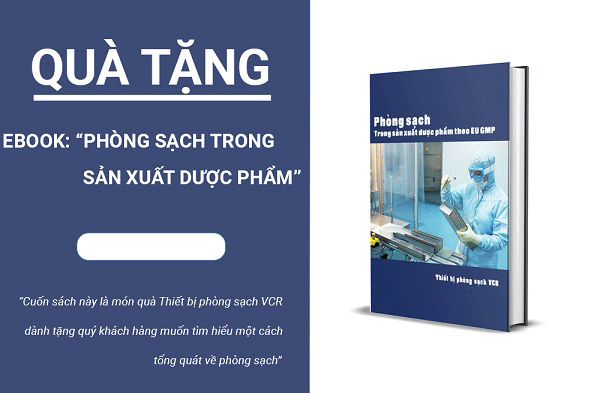Installing Pass Box in wrong position: Risk of cross-infection
Installing the Pass Box in the wrong position is a common mistake in cleanroom design, causing a serious risk of cross-contamination between areas. When the air flow direction, pressure difference and proper arrangement of clean-dirty areas are not followed, the Pass Box loses its isolation effect, directly affecting production quality.
- 1. Common Mistakes in Installing Pass Boxes in Cleanrooms
- 2. Cross-Contamination Risks from Improper Pass Box Installation
- 3. Principles for Proper Pass Box Installation
- 4. Guide to Inspecting & Rectifying Pass Box Installation
- 5. Frequently Asked Questions
- 6. Need to Verify Your Pass Box Installation? Don’t Wait for a Contamination Incident!
In cleanroom design and operation, a misplaced Pass Box can turn a convenient solution into the “starting point” of cross-contamination. If the Pass Box is not placed in the right area – between clean and unclean areas, or outside the flow of people/materials – its environmental control benefits are negated. In this article, VCR will help you understand why misplaced Pass Boxes are so common, and the serious consequences of making this mistake.
1. Common Mistakes in Installing Pass Boxes in Cleanrooms
The Pass Box is a critical intermediate device used to transfer materials between areas of differing cleanliness levels. However, improper installation remains a frequent issue, significantly impacting contamination control. Below are four common installation mistakes:
Installing against the airflow direction
Many installations disregard the principle of "airflow from cleaner to less clean zones," resulting in Pass Boxes being positioned against the clean airflow. This may cause materials being transferred to be contaminated by particles flowing backward into cleaner areas.
Located near main doors, gowning rooms, or unstable pressure zones
Pass Boxes installed near main entrances, gowning rooms, or high-traffic areas are susceptible to turbulent airflow. These zones often have unstable pressure differentials, facilitating the ingress of particles and microorganisms into the Pass Box during operation.
Connecting clean and dirty zones without clear separation
Some facilities-especially those repurposed from older buildings-install Pass Boxes that connect cleanrooms directly to uncontrolled areas like hallways or storage rooms. This is a critical error, as such areas do not meet cleanliness standards, leading to high risks of cross-contamination.
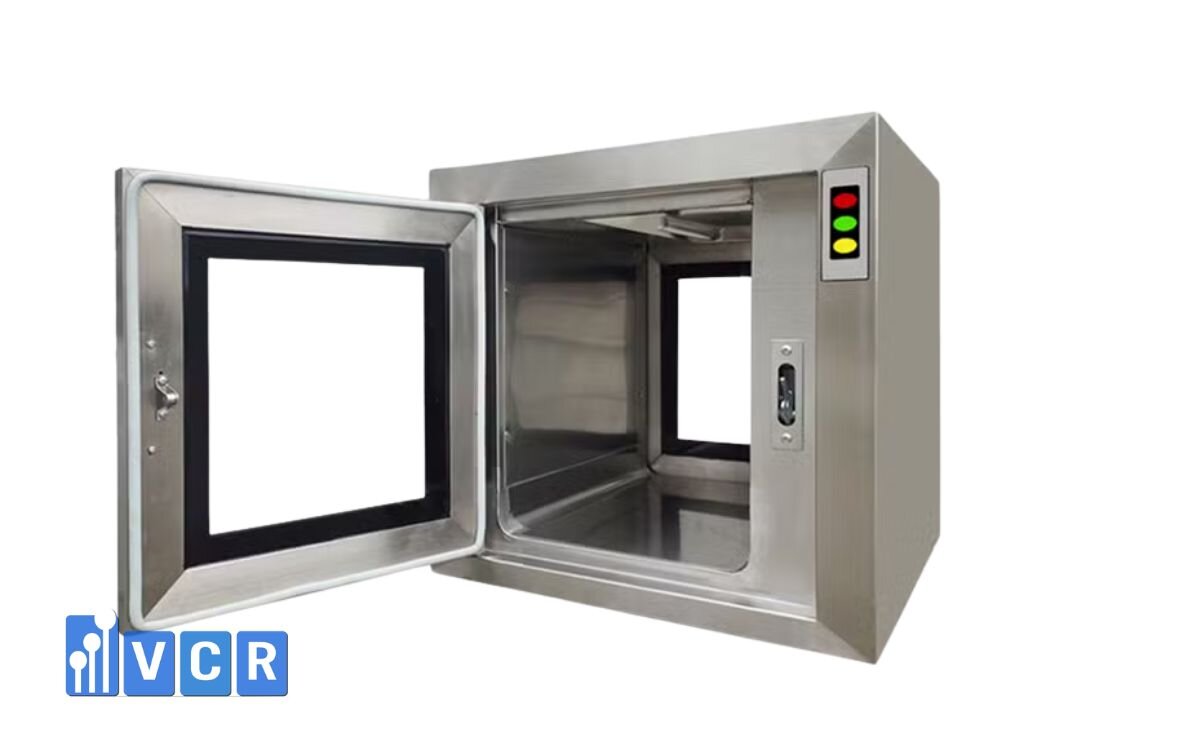
Lack of interlock system or door status indicator
Without an interlock system, both Pass Box doors can be opened simultaneously, compromising the isolation function. Additionally, the absence of status indicators or signal lights increases the chance of operational mistakes, especially in high-throughput production shifts.
Summary Table - Common Installation Errors
|
Installation Error |
Main Consequence |
|
Wrong airflow direction |
Backflow contamination into cleaner areas |
|
Near main door or gowning zone |
Turbulent air, cross-contamination risk |
|
Connecting uncontrolled and clean zones |
Product recontamination during transfer |
|
No interlock or signal lights |
Simultaneous door opening, loss of isolation |
2. Cross-Contamination Risks from Improper Pass Box Installation
Incorrectly installed Pass Boxes are not just technical issues-they can directly cause cross-contamination, threatening the integrity of cleanroom production processes. Here are the most critical risks:
Contamination between production and packaging areas
When a Pass Box connects a high-grade production area with a lower-grade packaging area without proper airflow direction or interlock control, the reversed airflow can carry contaminants from the less clean zone back into production.
In pharmaceutical and food facilities, this violates GMP guidelines and can result in full batch rejection.
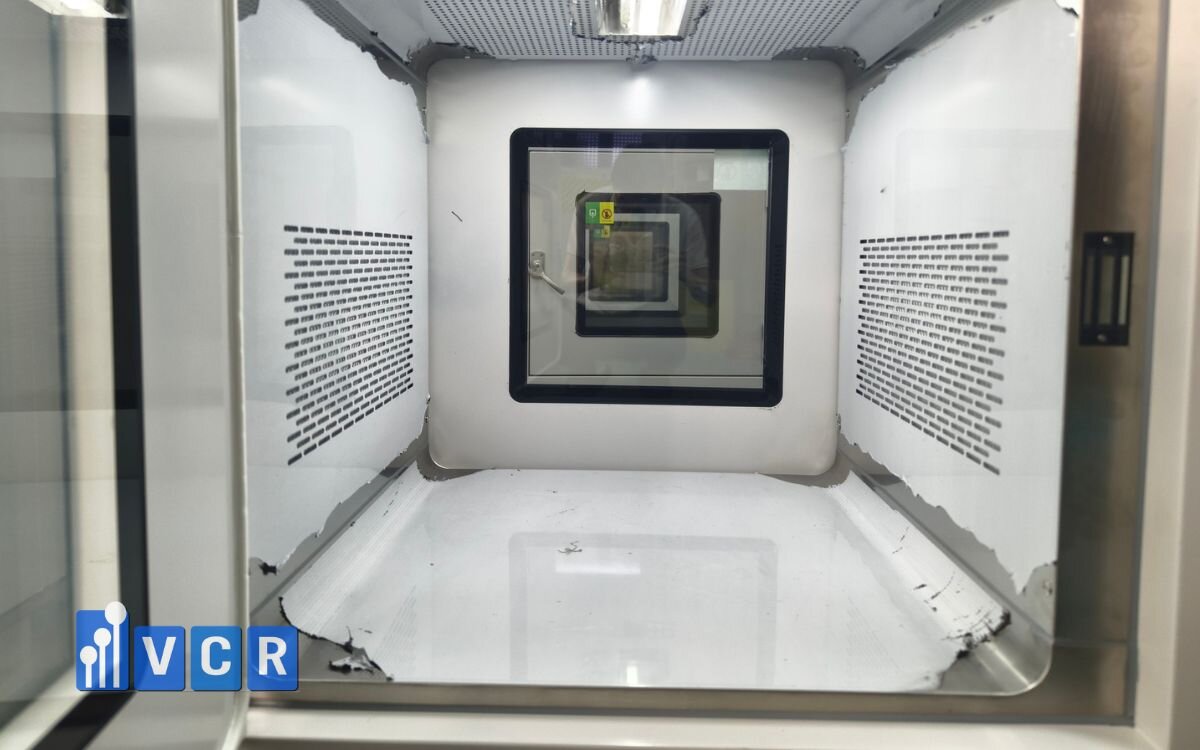
Accumulation and re-dispersion of particulates and microorganisms
A poorly placed Pass Box may be affected by air turbulence from doors, hallways, or high-traffic areas. Contaminated air can be drawn into the box, settle on internal surfaces, and be released each time the doors are opened-especially if the box lacks HEPA filtration or is not cleaned regularly.
Recontamination of clean materials after transfer
Instead of isolating materials, a Pass Box installed in the wrong location can reintroduce contaminants through exposure to unfiltered air or unclean surfaces.
GMP/ISO non-compliance, audit failure
Improper Pass Box installation can lead to multiple compliance issues:
- Failure to control material flow per GMP Annex 1
- Lack of physical isolation between cleanliness zones
- Inability to ensure aseptic conditions
Consequences include failed audits, rejected validation reports, and reputational and financial losses.
See more: How to test air flow in food factory
3. Principles for Proper Pass Box Installation
Pass Box installation must follow strict design principles based on international cleanroom standards such as ISO 14644-4, GMP Annex 1, and WHO TRS 961. Key best practices include:
Install in zones with stable pressure differential and clear airflow
The Pass Box should be located where a consistent pressure gradient exists between two connected areas, ensuring air flows from cleaner to less clean zones.
Avoid transitional areas with fluctuating pressure, such as shared hallways or uncontrolled spaces.
Prefer internal doors-avoid contact with external areas
The optimal location is between two internal clean areas with different classifications. Avoid installing near:
- Main entrances
- Common gowning zones
- Goods receiving or dispatch areas
This ensures that transferred materials are shielded from external contamination sources.
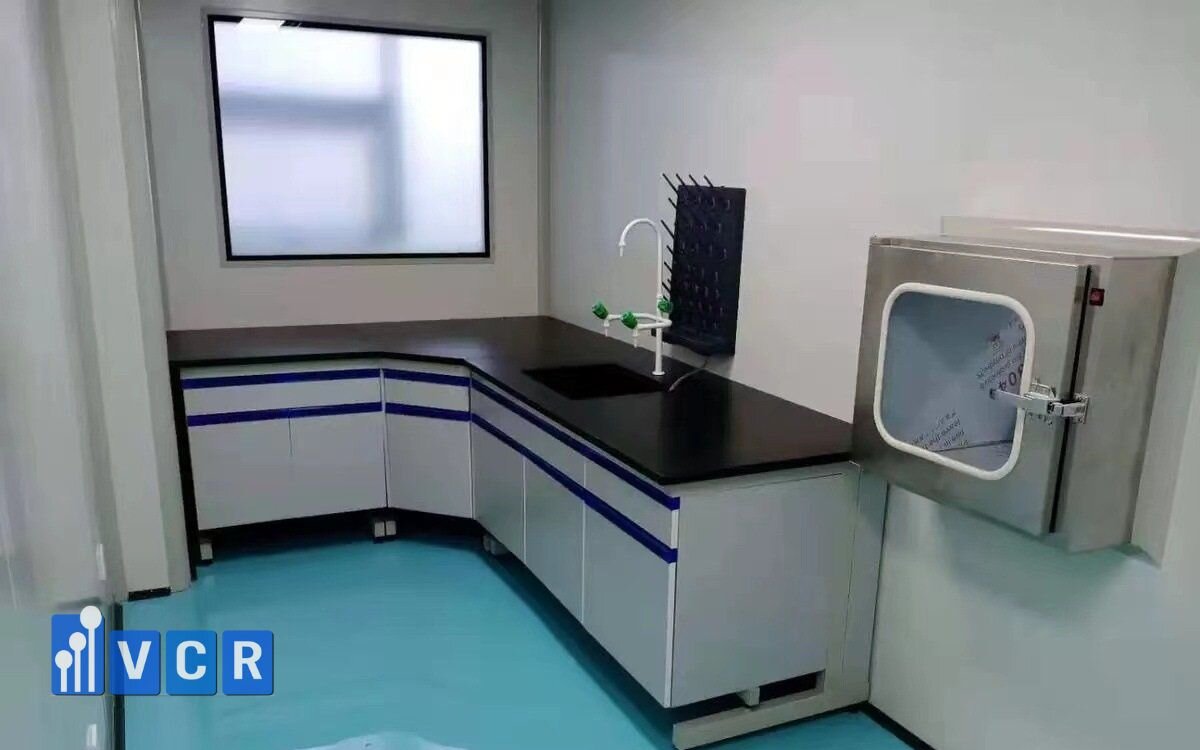
Include interlock system, signal lights, and HEPA filter if needed
A compliant Pass Box should be equipped with:
- Interlock system: Prevents simultaneous opening of both doors
- Signal light or door status indicator: Assists operator awareness
- HEPA filter: Required for dynamic Pass Boxes to maintain internal cleanliness
Missing any of these components can severely compromise contamination control.
Refer to relevant international standards
These standards serve as the foundation for proper Pass Box design and installation:
|
Standard |
Relevant Application for Pass Boxes |
|
ISO 14644-4 |
Cleanroom design and pressure zoning requirements |
|
GMP Annex 1 |
Material flow, segregation, and pressure cascade requirements |
|
WHO TRS 961 |
Guidelines for cross-contamination control in pharma plants |
Adhering to these standards is essential for any GMP audit or ISO certification process.
4. Guide to Inspecting & Rectifying Pass Box Installation
When a Pass Box is found to be improperly installed or causing cross-contamination, it is crucial for the facility to promptly reassess the system and apply corrective measures. Below are four essential steps that engineers and QA/QC teams should follow:
Review Personnel, Material, and Airflow Routes
Start with the actual operation layout and identify:
- Personnel flow: Which zones do staff move through? Do they intersect with material paths?
- Material flow: How are materials transferred between areas?
- Airflow: What is the direction of air movement in each room? Is there any reversal or turbulence?
If there is any crossover between personnel and material routes, or disrupted airflow at the Pass Box location, immediate redesign is required.
Measure Pressure Differential Before and After the Pass Box
Use a differential pressure gauge to measure the pressure difference between the two areas connected by the Pass Box. Ideal conditions:
- The cleaner zone should maintain a pressure at least 10-15 Pa higher than the adjacent area.
- Airflow should move from the higher-pressure area to the lower one.
If reverse pressure or unstable differential is detected, cross-contamination risks increase sharply. The HVAC system or Pass Box location must be corrected.
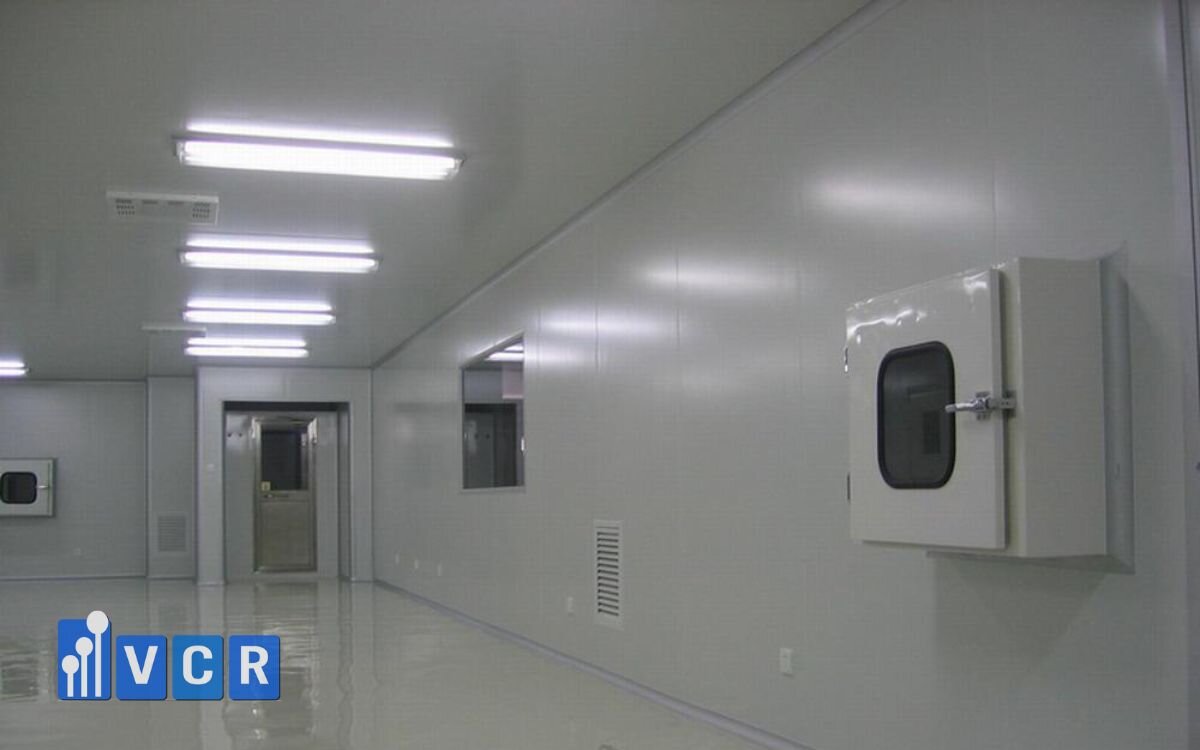
Revisit the Original Cleanroom Layout & Design
Compare the original cleanroom blueprint with the current site conditions:
- Is the Pass Box still installed at its designated location?
- Has there been any modification during renovation or facility expansion?
- Is the current location still suitable given workflow or zoning changes?
In many cases, issues arise after functional changes to the room without updating the layout or standard operating procedures.
Recommend Rectification Options: Relocate - Upgrade - Replace
|
Solution |
When to Apply |
|
Relocate Pass Box |
When the current location completely conflicts with airflow or workflow |
|
Upgrade Features |
When location is correct but lacks interlock, HEPA filter, or indicators |
|
Replace Unit |
When the current model does not meet GMP/ISO standards for your sector |
Always seek advice from a cleanroom engineering specialist to ensure changes comply with contamination control standards.
See more: Common errors when using asynchronous FFU
5. Frequently Asked Questions
Do I need to install Pass Boxes at every material transfer point?
No. Pass Boxes should only be installed at material handoff points between areas of different cleanliness levels, or between a clean and uncontrolled area. Over-installation is costly and may complicate workflow while increasing contamination risks if airflow and pressure differentials are not properly managed.
How can I tell if a Pass Box is causing cross-contamination?
Common warning signs include:
- Sudden increase in particle or microbial counts at the receiving area
- Materials emerging from the Pass Box test positive for microbial contamination
- GMP audit findings related to inadequate material flow control or pressure imbalance
Routine checks using particle counters, microbial plates, and SOP reviews are highly recommended.
Can I fix improper Pass Box installation myself?
No. Relocating or modifying a Pass Box requires a full reassessment of:
- Cleanroom layout and zoning
- Personnel/material/airflow paths
- HVAC system design and pressure regulation
Any uncalculated change could disrupt pressure cascade or violate GMP protocols. Always consult a professional cleanroom solution provider for compliant modifications.
6. Need to Verify Your Pass Box Installation? Don’t Wait for a Contamination Incident!
Improper Pass Box installation doesn’t just reduce operational efficiency-it poses a serious risk of GMP audit failure, cross-contamination, and product loss.
VCR offers specialized services for Pass Box assessment and rectification, including:
- Layout inspection and airflow/pressure mapping
- Positioning recommendations aligned with GMP/ISO standards
- Supply of industry-specific Pass Box models for pharma, food, cosmetics, and more
Contact us today to speak with a cleanroom systems expert:
Free initial assessment - Practical, standards-based solutions tailored to your facility.
Hotline: 090.123.9008
Email: [email protected]
Website: https://vietnamcleanroom.com/
Diep VCR






